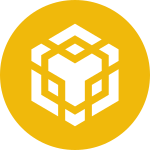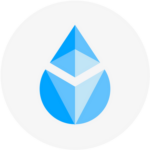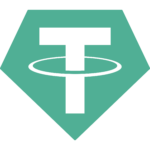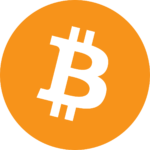Solana is a high-performance cryptocurrency blockchain that supports decentralized apps (dApps) and crypto-currencies. It’s renowned for its fast processing times and has positioned itself as one of the more significant competitors to Ethereum.
What Sets Solana Apart?
Solana’s unique consensus mechanism combines proof-of-history (PoH) with proof-of-stake (PoS), which helps it process transactions quickly and securely. This scalability solution allows Solana to theoretically handle over 50,000 transactions per second without sacrificing decentralization.
Understanding SOL, Solana’s Cryptocurrency
SOL is the native cryptocurrency of the Solana blockchain, used to pay for transactions and incentivize validators on the network.
Utility of SOL
- Transaction Fees: SOL is used to pay for transaction fees on the Solana network.
- Staking: Holders can stake their SOL to validators, who process transactions and run the network, earning more SOL as a reward.
Setting Up a Solana Wallet
To engage with the Solana ecosystem, you’ll need a wallet that supports SOL.
Choosing a Solana Wallet
- Solana’s Official Wallet: SolFlare, Sollet, and Phantom are popular choices that support SOL and other tokens on the Solana blockchain.
- Hardware Wallets: Options like Ledger offer enhanced security for storing SOL offline.
Securing Your Wallet
- Keep your private keys and seed phrases confidential and secure.
- Enable additional security features such as two-factor authentication (2FA) if available.
- Regularly update your wallet software to the latest version.
Acquiring SOL
Buying SOL
- Cryptocurrency Exchanges: You can purchase SOL on exchanges such as Binance, Coinbase, or Kraken.
- Peer-to-Peer (P2P): Some platforms may allow the direct purchase of SOL from other individuals.
Earning SOL
- Staking: By staking your SOL, you can earn additional tokens as rewards for helping secure the network.
Using SOL
SOL is not just a currency but also a means to interact with a growing number of dApps on the Solana blockchain.
- dApps Interaction: Engage with various dApps in finance, gaming, and NFTs.
- Transaction Fees: Use SOL to pay for lightning-fast transactions on the network.
Solana’s Ecosystem and Growth
dApps and DeFi
Solana’s ecosystem hosts a variety of decentralized finance (DeFi) applications, non-fungible token (NFT) platforms, and decentralized exchanges (DEXs).
The Serum Project
Serum, a decentralized exchange built on Solana, offers trustless cross-chain trading, a feature that has significantly contributed to the popularity of SOL.
The Future of Solana
Solana’s development team continues to innovate, with new projects and partnerships further expanding its ecosystem. As the platform grows, SOL could potentially see increased utility and value.
Conclusion
Solana’s high-throughput blockchain offers a compelling alternative for developers and users looking for speed and efficiency. SOL, as the native token, plays a pivotal role in maintaining and operating the Solana network. While investing in cryptocurrencies like SOL can be exciting, it’s essential to conduct thorough research and understand the risks involved in the volatile crypto market. With its solid technological foundation and growing community, Solana presents a noteworthy development in the landscape of blockchain technology.









